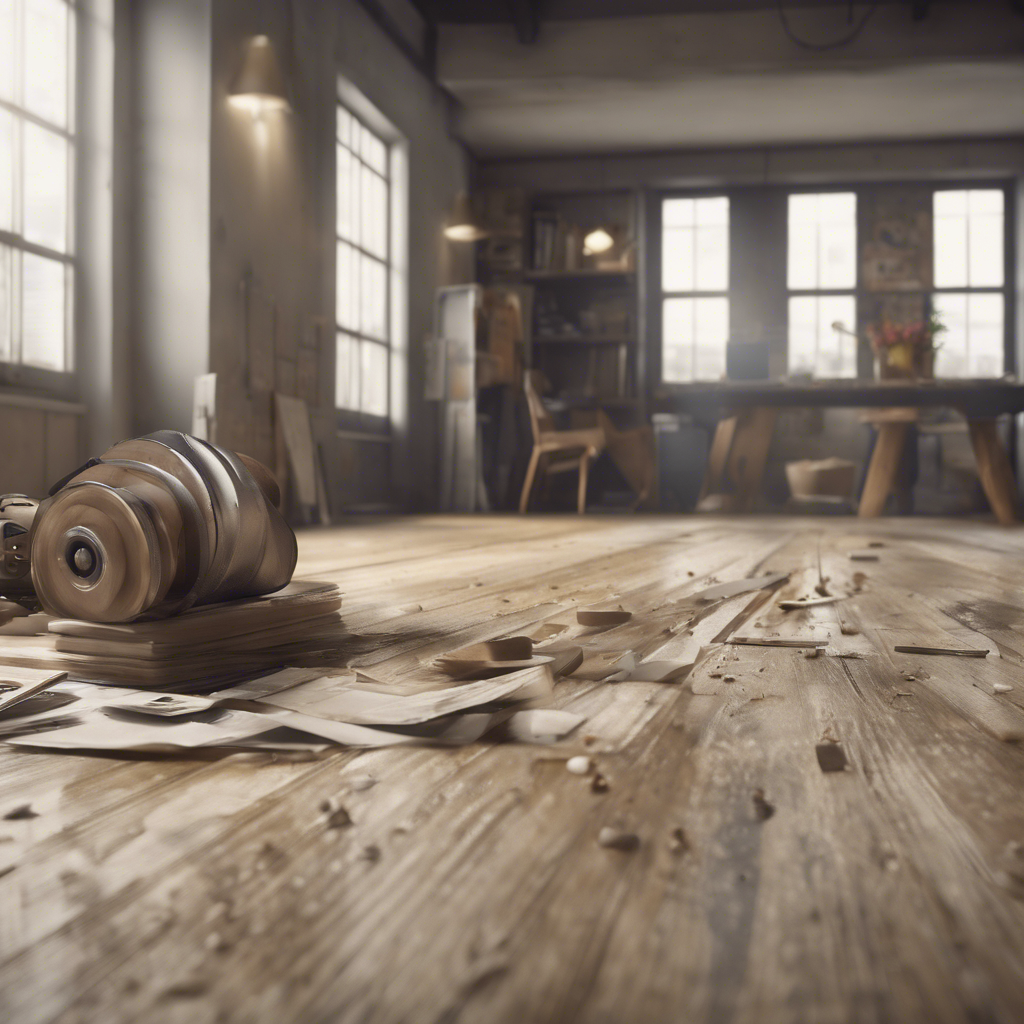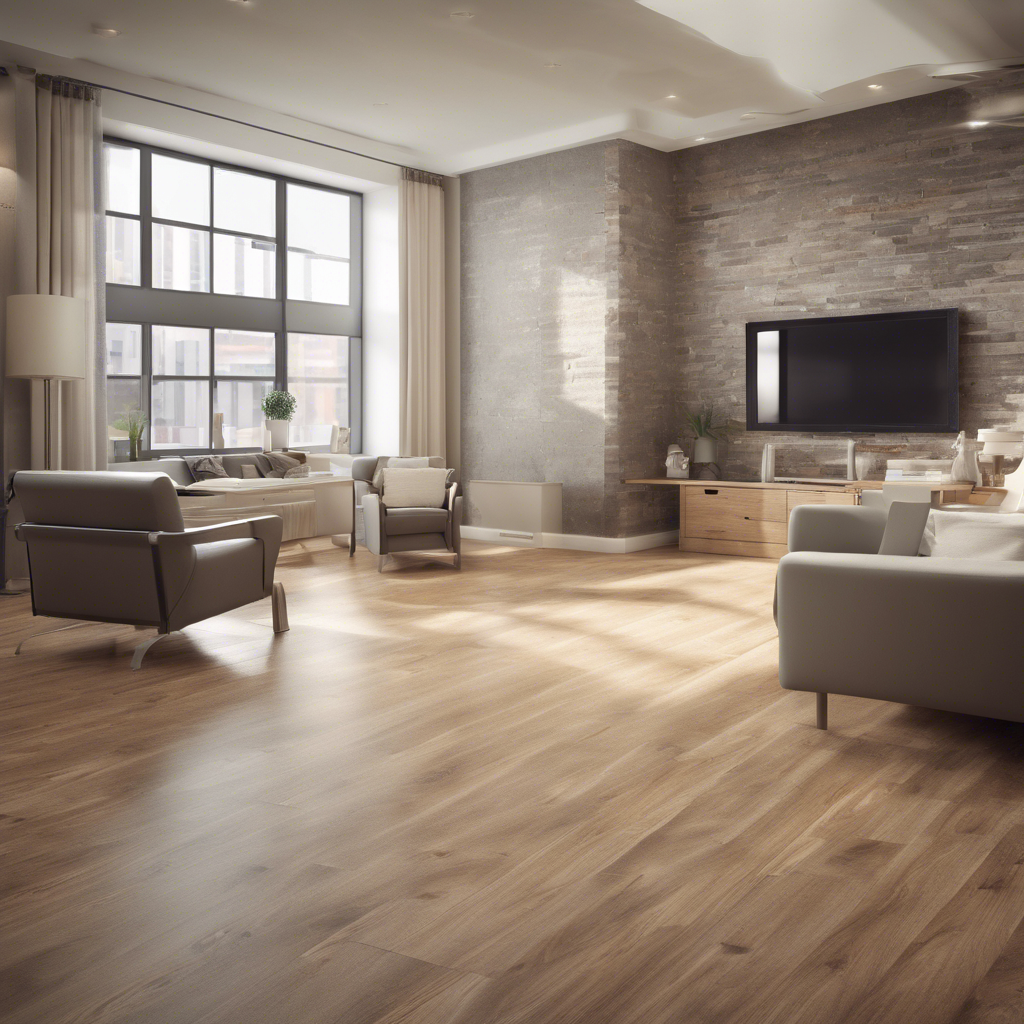How Thick Should Subfloor Be: A Comprehensive Guide
- VINAWOOD GROUP
- Jul 14, 2024
- 3 min read
When it comes to renovating or building a home, one crucial element that often gets overlooked but is absolutely vital to the structural integrity of a property is the subfloor. The subfloor serves as the foundation for all the flooring that will be installed on top of it, providing support, stability, and insulation. But how thick should a subfloor be? This question is more important than you might think and can have a significant impact on the quality and longevity of your floors. In this guide, we will delve into the factors that determine the appropriate thickness for a subfloor, helping you make informed decisions for your next construction or renovation project.
> Read more: 1/8 inch plywood, 15/32 plywood, 19/32 plywood, 5x10 plywood
Understanding the Basics
What is a Subfloor?
Before we dive into the ideal thickness for a subfloor, let's first understand what a subfloor is. The subfloor is the layer of flooring material that serves as the structural foundation for the finish flooring. It is typically made of plywood, oriented strand board (OSB), or particleboard and is installed directly on top of the floor joists.
Importance of Subfloor Thickness
The thickness of the subfloor is crucial because it determines the strength and stability of the floor. A subfloor that is too thin may not provide adequate support for the finish flooring, leading to sagging, creaking, and potential damage. On the other hand, a subfloor that is too thick can add unnecessary weight and cost to the project.
> Get more details: pine plywood, ac plywood, bamboo plywood, bendable plywood,poplar plywood
Factors to Consider
Several factors come into play when determining the appropriate thickness for a subfloor. Here are some key considerations:
1. Type of Finish Flooring
The type of finish flooring you plan to install will impact the thickness of the subfloor. For example, tile flooring requires a more rigid and stable subfloor compared to carpet or vinyl.
2. Span of Floor Joists
The span of the floor joists, or the distance between them, will also influence the thickness of the subfloor. Longer spans require thicker subfloors to prevent flexing and ensure adequate support.
> Discover more: burnt plywood floor, plywood edge banding, plywood garage walls, plywood kitchen cabinets
3. Building Codes and Regulations
It is essential to check local building codes and regulations, as they may dictate specific requirements for subfloor thickness based on the intended use of the space and the overall structural integrity of the building.
Ideal Subfloor Thickness
1. Typical Subfloor Thickness
In most residential construction projects, the standard thickness for subfloors is 3/4 inch (19mm). This thickness is suitable for supporting common finish flooring materials like hardwood, laminate, and carpet.
> Explore further: hdo vs mdo plywood, tongue and groove plywood, walnut plywood, white oak plywood
2. Additional Thickness for Specific Flooring Types
If you plan to install tile, stone, or other heavy or rigid flooring materials, it is recommended to increase the subfloor thickness to 1 1/8 inches (29mm) or more. This additional thickness provides the necessary support to prevent cracking and shifting of the finish flooring.
> Read more: plywood sizes, 3/4 plywood, 4x8 plywood, 1/2 plywood, 5/8 plywood, 1/4 plywood
Conclusion
In conclusion, the thickness of the subfloor is a critical element in any construction or renovation project. By understanding the factors that influence subfloor thickness and following best practices, you can ensure a sturdy, durable, and long-lasting floor in your home. Remember to consider the type of finish flooring, span of floor joists, and local building codes when determining the appropriate subfloor thickness. Investing in a properly sized subfloor will not only enhance the aesthetics of your space but also contribute to the overall structural integrity of your property.
> Read more: laminate flooring, hardwood flooring, baltic birch plywood, maple plywood, ACX plywood, BBOES plywood


Whether you are embarking on a new construction project or planning a renovation, be sure to give due consideration to the thickness of your subfloor. A well-built subfloor is the foundation of a beautiful and functional floor that will stand the test of time.
Remember, when in doubt, it's always best to consult with a construction professional or follow the recommendations of experienced builders to ensure the optimal thickness for your subfloor. Happy building!
Keywords: how thick should subfloor be
> Get more details:



Comments